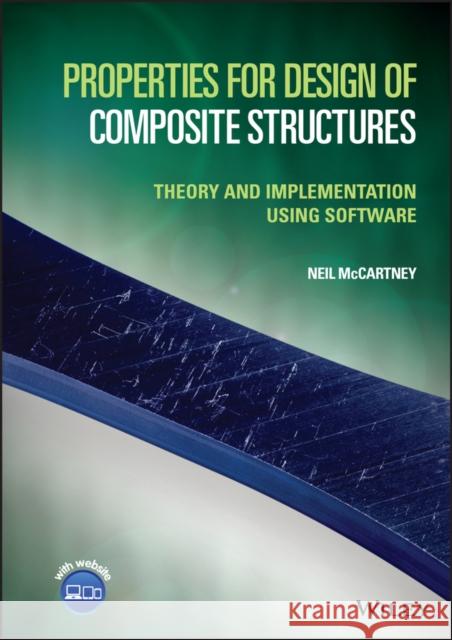Properties for Design of Composite Structures: Theory and Implementation Using Software » książka
topmenu
Properties for Design of Composite Structures: Theory and Implementation Using Software
ISBN-13: 9781118485286 / Angielski / Twarda / 2022 / 592 str.
Properties for Design of Composite Structures: Theory and Implementation Using Software
ISBN-13: 9781118485286 / Angielski / Twarda / 2022 / 592 str.
cena 525,45
(netto: 500,43 VAT: 5%)
Najniższa cena z 30 dni: 523,29
(netto: 500,43 VAT: 5%)
Najniższa cena z 30 dni: 523,29
Termin realizacji zamówienia:
ok. 30 dni roboczych
Dostawa w 2026 r.
ok. 30 dni roboczych
Dostawa w 2026 r.
Darmowa dostawa!
Kategorie:
Kategorie BISAC:
Wydawca:
John Wiley & Sons
Język:
Angielski
ISBN-13:
9781118485286
Rok wydania:
2022
Ilość stron:
592
Oprawa:
Twarda
Wolumenów:
01
Dodatkowe informacje:
Bibliografia











